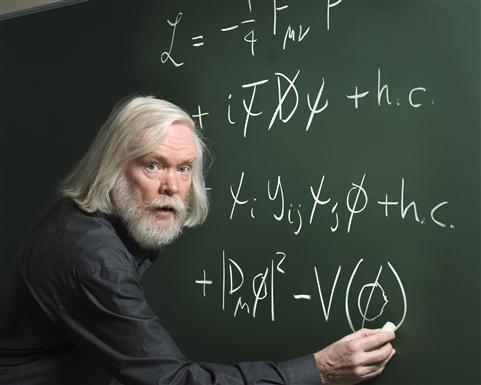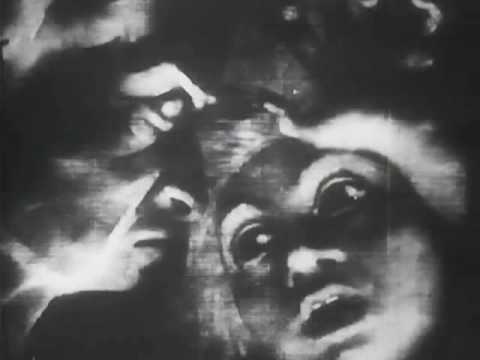“I do the show in character, he’s an idiot, he’s willfully ignorant of what you know and care about, please honestly disabuse me of my ignorance and we’ll have a great time.”
This secret speaks to the heart of comedian and fake-pundit Stephen Colbert’s wildly popular Colbert Report. But how exactly does he manage to pull this rabbit from his hat, night after night grueling night?
The nuts and bolts of Colbert’s working day make for a fascinating inaugural episode of Working, a new Slate podcast hosted by David Plotz. It shares a title with radio personality Studs Terkel’s famous non-fictional examination, but Plotz’s project is more process oriented. Soup-to-nuts-and-bolts, if you will.
Colbert is happy to oblige with a Little Red Hen-like corn metaphor in which alcohol, not bread, is the ultimate goal.
His morning begins with a deep rummage through the headlines—Google News, Reddit, Slate, The Drudge Report, Fox News, Buzzfeed, The Huffington Post… imagine if this stack was made of paper. When does he have the time to google ex-girlfriends?
Whenever patterns and trends emerge, Colbert and his hard working team ferret out ways to impose his character onto them. Occasionally some lucky non-story will find itself elevated to Queen for a Day, if it speaks to something Colbert-the-character would care about passionately. The proposed ban on horse carriages in Central Park, the Colorado VA’s marijuana stance, and the self-declared lesbian trouple are three that have borne fruit of late.
From pitch meeting through read-aloud and rewrites, the school hours portion of Colbert’s day resembles that of other deadline-driven shows. He’s quick to acknowledge the contributions of a dedicated and like-minded staff, including executive producer Tom Purcell and head writer Opus—as in Bloom County—Moreschi.
As showtime approaches, Colbert swaps his jeans for a Brooks Brothers suit, and leaves the homey, dog-friendly townhouse where the bulk of the writing takes place for the studio next door.
There are last minute rewrites, a guest to greet, a Bic pen to be nibbled…
Ideally, he’ll get at least 10 minutes of headspace to become the monster of his own making, liberal America’s favorite willfully ignorant idiot. (Most of liberal America, anyway. My late-mother-in-law refused to believe it was an act, but it is.)
A bit of schtick with the makeup artist serves as a litmus test for audience responsiveness.
When the cameras roll, Colbert sticks close to his prompter, further proof that the character is a construct. Any improvisational impulses are unleashed during one-on-one interactions with the guest. With some 10,000 hours of comedy under his belt, his instincts tend toward the unerring.
At days end, he thanks the audience, the guest and everyone backstage except for one guy who gets a mere wave. The show is then edited at a zip squeal pace, and will hopefully fall into the “yay!” category. (The other choices are “solid” or “wrench to the head.”)
Colbert will only watch the show if there was a problem.
And then? The day begins again.
After peering through this window onto Colbert’s world, we’re stoked for future episodes of Working, when guests as varied as a rock musician, a hospice nurse, and porn star Jessica Drake walk Plotz through a typical day.
Related Content:
Stephen Colbert & Louis CK Recite The Gettysburg Address, With Some Help from Jerry Seinfeld
Stephen Colbert Tries to Make Sense of MOOCs with the Head of edX
A Serious Stephen Colbert Gives Advice on Love & Life to Teenage Girls
Ayun Halliday is the creator of The Mermaid’s Legs, a trauma-filled Hans Christian Andersen reboot premiering this week in NYC. See it! And follow her @AyunHalliday









